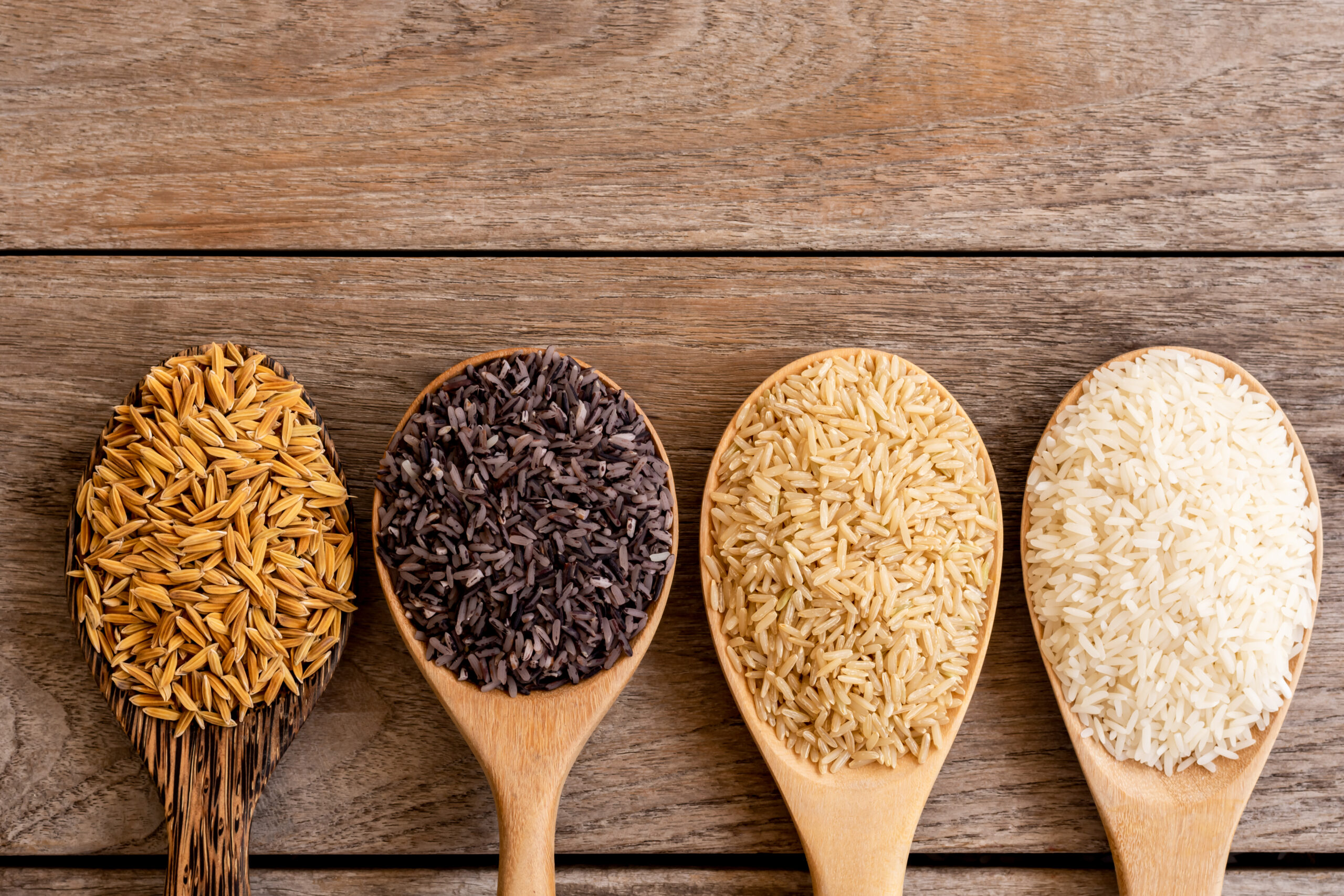
By Miyeilis Flores
08 May 2024, 18:04 PM EDT
Due to its flavor, versatility and nutritional value, rice is one of the most consumed foods in the world, but it is also discarded for being a starchy carbohydrate that can influence blood sugar spikes and weight. The truth is that there are several types of rice that you can include in your diet without fear of negative effects.
Rice is a grain that has gained popularity despite food trends. The recommended consumption of rice is at least 3 ounces of this grain per day, since it has nutrients that favor its inclusion in a balanced diet.
Nutritionist and founder of the social platform, Diana Mesa, explains that “the fiber in brown rice helps with constipation and digestive regularity.”
In addition, rice contains “resistant starch, which when cooled positively impacts blood glucose. All of them, in general, contain folic acid, B vitamins, potassium, and magnesium, the latter two having beneficial effects on blood pressure,” cites the American Association of Retired Persons (AARP).
Mesa explains that “the concept that there are certain foods that make you fat is a simplification, since there are other elements that impact metabolism and weight; for example, genetics and the environment.”
While Lucette Talamas, a registered dietitian at Baptist Health Hospital in South Florida, eliminating rice consumption is not an effective long-term strategy.
“When you cut out grains or carbohydrates, you are choosing not to learn how to consume the correct amount and you are eliminating a great source of calories and energy for the body,” he explains.
Know 5 types of rice that you can include in your diet
- Sweet or glutinous rice: this is a variety of rice with short, rounded grains that when cooked become soft and sticky, hence the origin of its name. In addition, they contain a high concentration of amylopectin, a component of starch. Thanks to its consistency, it is very popular in Asian cuisine for making soups, desserts and sauces. It is gluten-free, so it is recommended for celiacs. In addition, it contains dietary fiber and helps the proper functioning of the digestive system.

- Bomba rice: it is another type of rice native to India that has spread to the Mediterranean region, where it is used to make paellas because it has short, pearly and round grains. One of the advantages of this type of rice is that when cooked it remains whole and loose. It is also known as Valencia rice.

- Japanese rice: it is the rice used to prepare sushi, although it is popularly known as “sushi rice”, it is a grain that is cooked with vinegar, sugar and salt. It is used because it is a short, thick and round grain type. This type of rice is grown in Japan, China, Taiwan and Korea. Like glutinous rice, this grain has a sticky texture due to its high content of amylopectin, a carbohydrate. It is characterized by being a rice that provides energy; It is easy to digest and provides B complex vitamins.

Keep reading:
- Discover the secret ingredient to make tastier rice
- Study reveals the benefits of the Japanese diet to prevent cognitive decline
- Rice as freshly made with this trick to reheat it
